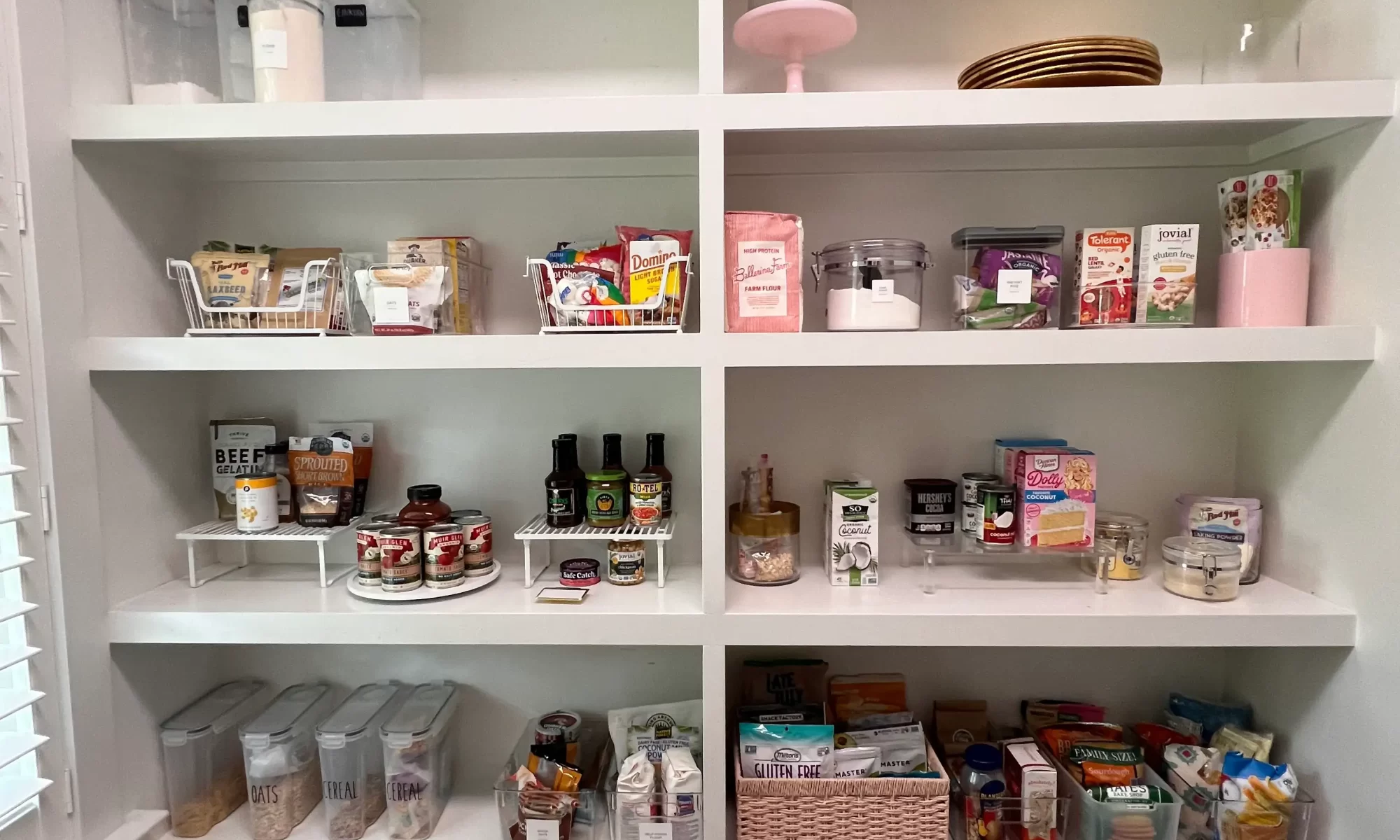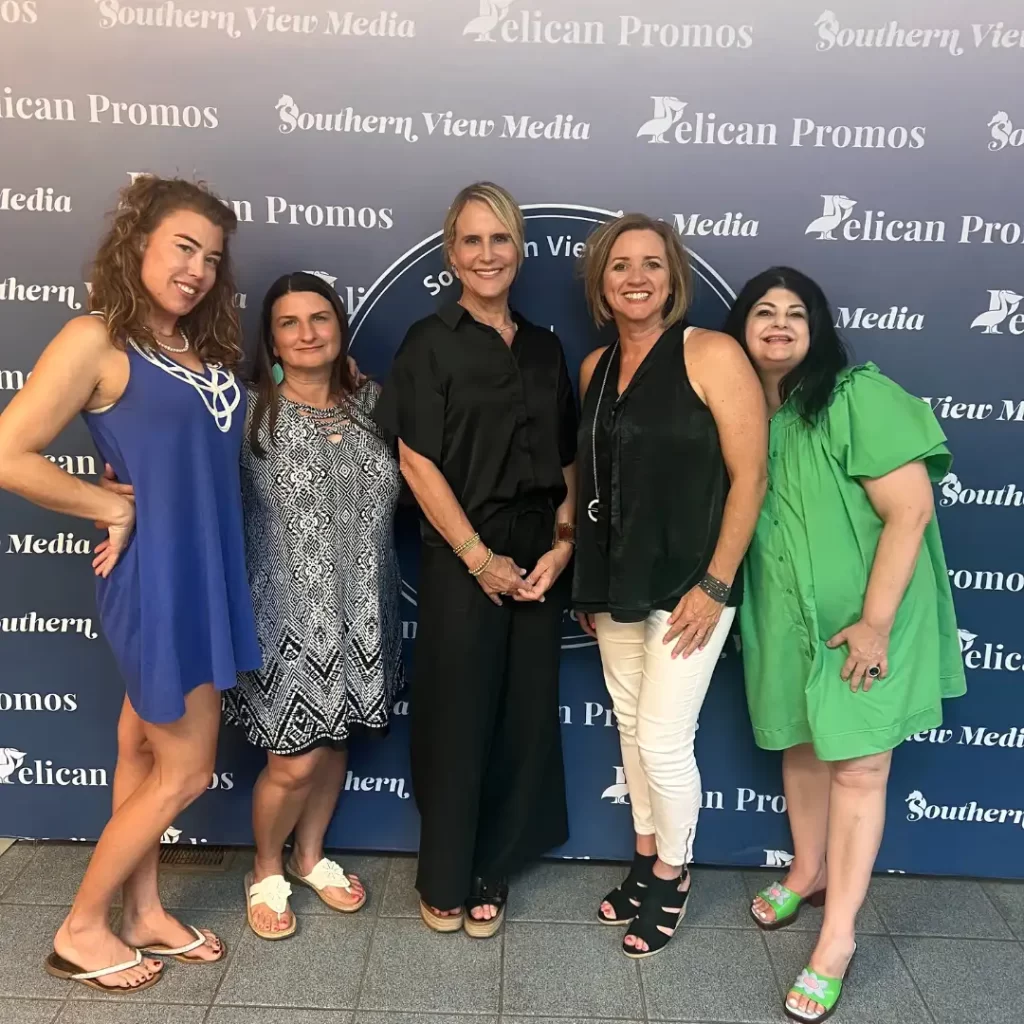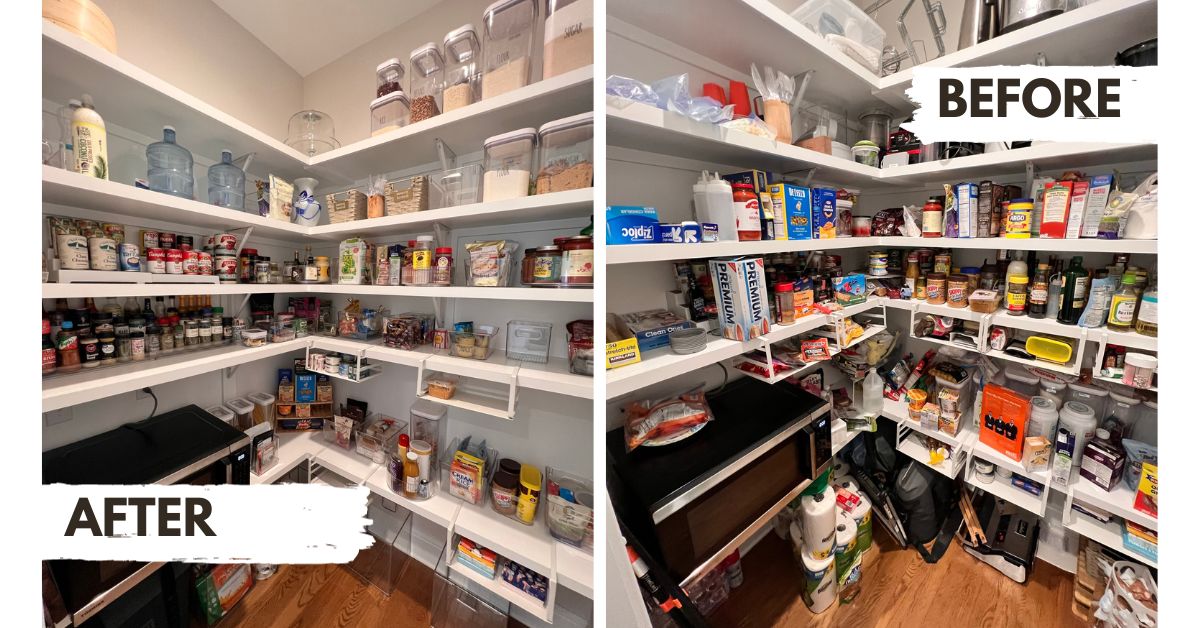Summer is over, kids are back in school, football is back, and I don’t know about you, but I’m dreaming of cooler weather. Life is about to get busier! Are you ready for it? Fall organization is essential as you prepare for all the parties, events, and weather changes.
1. Seasonal Wardrobe Transition
Fall organizing starts with prepping your wardrobe for the cooler weather. It’s time to say goodbye to summertime shorts and tanks and hello to sweaters and jackets!
- For Southern Living: If you live in the South like I do, you know we keep summer clothes around all year—at least t-shirts, shorts, and a pair or two of flip-flops! It can be 50 degrees one day and 75 the next. However, sun dresses, tank tops, and swimsuits can be stored away until next year.
- Practical Storage: Move those summer clothes to the back of your closet or an empty closet if you have one. In the spring, I packed all of my winter bedding in resealable bags and moved them to my attic. Now, it’s almost time to bring that bedding out, purge what I won’t use this year, and wash the rest.
2. Declutter and Donate
As we transition into fall, it’s the perfect time to declutter. Last week, I took a large drop of fall/winter clothes to donations and some to consignment.
- Set a Shopping Budget: I encourage you to set a shopping budget and let go of items to make space for anything new you might want for the fall season.
- Smart Shopping: Make a list of clothes you need and commit to buying only those items. Don’t buy new clothes if you don’t have room to keep them!
3. Fall Decoration Organization
The next task on the list is fall decorating. I absolutely love decorating for fall! Is there such a thing as too many pumpkins? 🎃
- Assess Your Decor: As you pull out all your fall decorations, take notes on how you stored them last year. Use these tips to effectively organize your summer and fall home decorations.
- Toss the Old: Get rid of anything that’s faded, torn, or damaged.
Happy Fall, Y’all!
Paige













